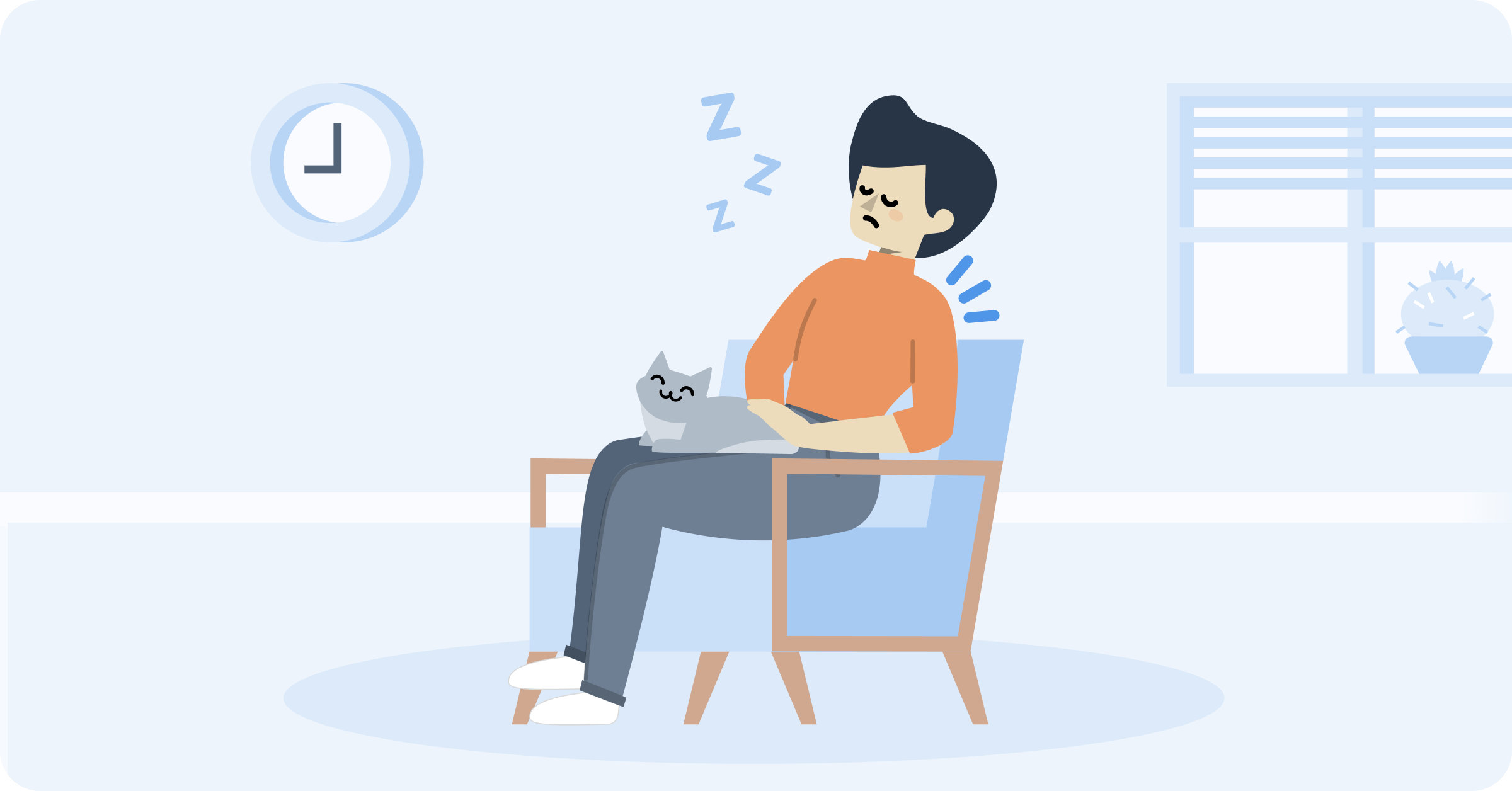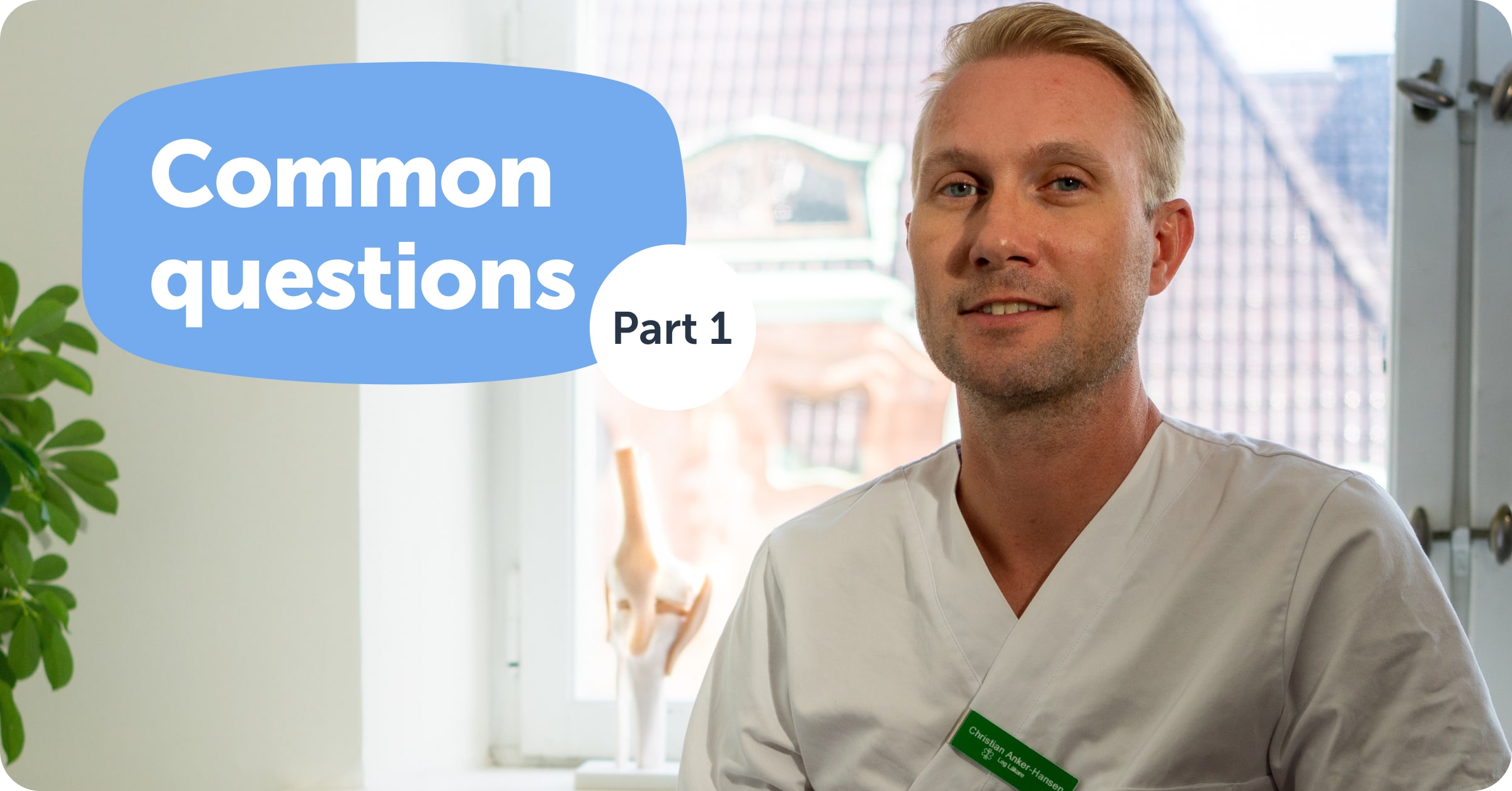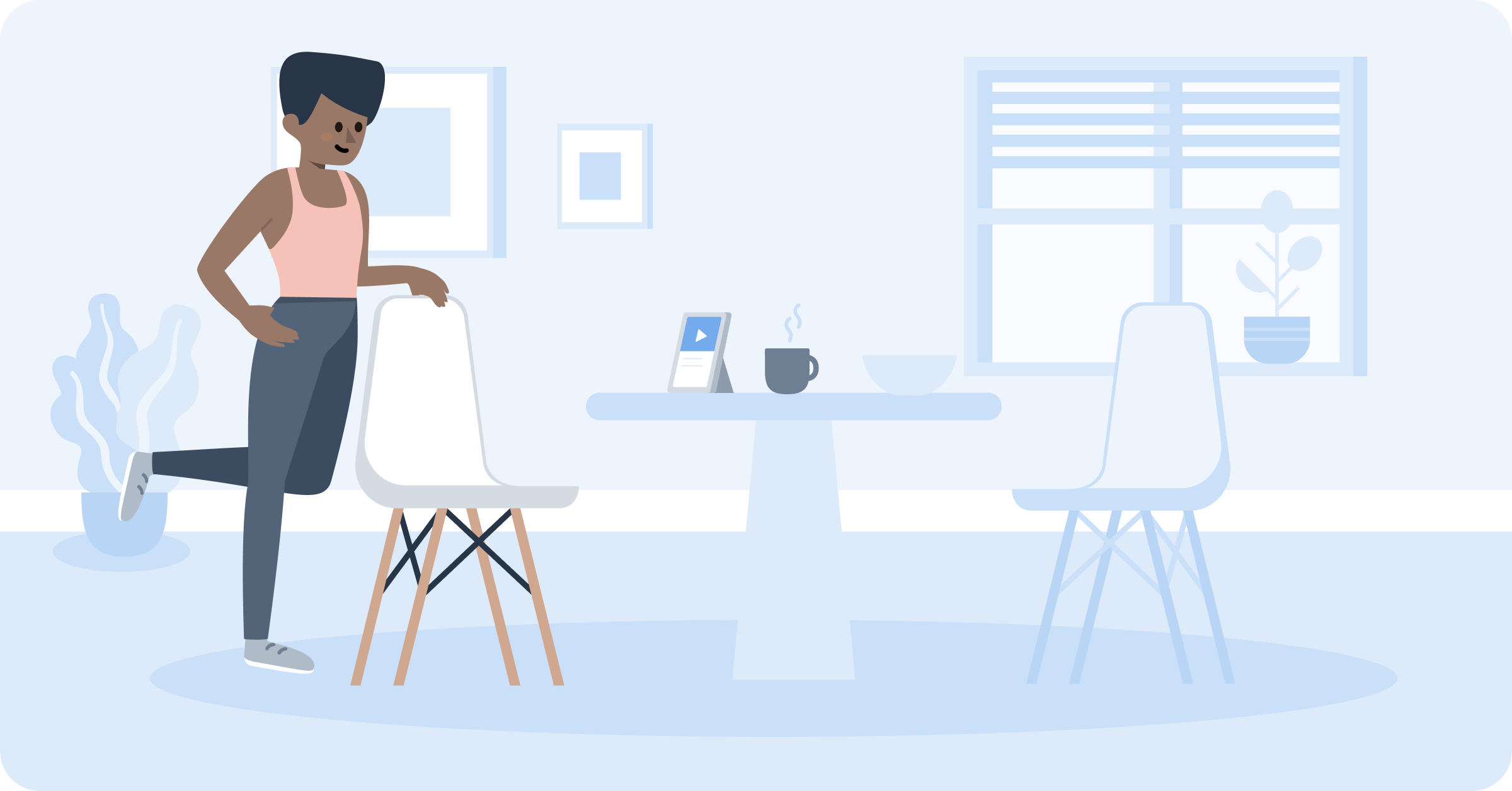Osteoarthritis is a common cause of chronic pain among adults. It can also lead to reduced quality of life, difficulties with everyday activities and in some cases social isolation. Many people with osteoarthritis experience that their mental health is affected. It is not unusual to experience depression, anxiety or sleep difficulties at the same time.
Chronic joint pain can be exhausting for both body and psyche. Recently, more and more studies have been done about living with constant pain in everyday life. Among other things, it has been seen that people who have a chronic illness are at a higher risk of low mood or depression.
Osteoarthritis and the connection with depression
Osteoarthritis is the most common long-term joint disease. The prevalence of depression in people who have symptoms of osteoarthritis is higher than in the general population. Research has shown that the contributing factors are several of the physical symptoms of osteoarthritis (fatigue, pain and insomnia), as well as the body’s inflammatory defenses working hard. It is common for symptoms to flare up, and to settle back down again. This in turn can impact your mood in much the same way.
Our general mood can in turn also affect how we experience pain. Low mood and depression can make you experience joint pain as more painful, or at times even be a catalyst for a flare up of pain. It is therefore very important not to only focus on your painful joint, but to look at a management plan that treats you as a whole person.
“Walking around with chronic pain in everyday life takes energy” – Christian Anker-Hansen, orthopedic doctor.
How joint pain and fatigue are related
Not infrequently, chronic diseases also result in fatigue. Arthritis, psoriatic arthritis, rheumatism and rheumatoid arthritis are all joint diseases that cause both pain and fatigue. If several joints are affected at the same time, the fatigue can be very tough. Sometimes osteoarthritis can also cause so-called rest pain, which often contributes to making it more difficult to sleep and rest.
Christian Anker-Hansen is an orthopedic doctor and often meets patients with symptoms of osteoarthritis in his work.
“Going about your everyday life with chronic pain unfortunately takes energy. We see that patients who have chronic pain often have sleep problems due to nocturnal pain, but also energy loss and difficulties with, for example, short-term memory because chronic pain steals energy.”
Living with constant pain and swollen joints can be very stressful, both for the person in pain and for their loved ones around them. It can cause people to worry about being able to do their work or sports, spend quality time with their loved ones or worry about not being able to enjoy their retirement. All of these worries are very normal concerns; thankfully there are a lot of great resources that can be very helpful. We will continue to discuss some ideas in this article, but don’t forget that your GP or physiotherapist can help to signpost you to local mental health resources available to you in the community.
Physical exercise: the best medicine for pain and fatigue
Keeping up with exercise can be quite demanding during tough bouts. In the long run, however, movement is one of the best tools to help you to feel good in the long term with osteoarthritis. We are not suggesting that you go out and run a marathon, but rather that you engage with a regular level of exercise that is manageable and sustainable for you.
Being in any static position for a prolonged period usually leads to increased stiffness, aches and fatigue. Exercising is not dangerous even though it may hurt at first. However, it can be difficult to know how to get started. Finding the right balance between movement and rest can be tricky. A first step might be to take a light, daily walk, or to change how frequently you exercise, or how many repetitions you do.
Exercise doesn’t just reduce joint pain. Research shows how exercise triggers the release of endorphins in the brain, so-called “feel-good hormones”, which means that movement also makes us feel better mentally. Endorphins also have a pain-reducing effect in the body, and exercise in general has been shown to reduce stress, anxiety and worry.
Get help getting started from home
If you are in a lot of pain, hindered by your osteoarthritis in everyday life and wish to receive personal help with treatment without having to leave home, then digital osteoarthritis treatment may be an option to try.
At Joint Academy, you get help to get started with very simple exercises. The program is designed to work around you and your lifestyle, and the exercises are specially designed for osteoarthritis. You can do the exercises wherever and whenever you want. Throughout the treatment, you have the support of a personal physiotherapist, who you can always reach directly via mobile.
Painkillers to be able to start training
Painkillers and anti-inflammatory drugs can be used for short periods as aids to be able to start training more easily. However, these drugs can cause side effects, so you should always consult a doctor before starting medication.
Mental training as a supplement
A form of mental training that has proven to be very effective is mindfulness. Mindfulness is about taking control of breathing, negative thoughts and feelings and learning to let them go. This doesn’t fix your osteoarthritis, but it can make a big difference to how you experience pain, particularly those moments when pain feels unbearable or unremitting. At the same time, relaxation is practiced in all parts of the body. Combining mental training with physical activity is among the best things you can do for joint pain and fatigue!
Sources
Lee Y, Lee SH, Lim SM, Baek SH, Ha IH (2020) Mental health and quality of life of patients with osteoarthritis pain: The sixth Korea National Health and Nutrition Examination Survey (2013–2015). PLoS ONE 15(11): e0242077. https://doi.org/10.1371/journal.pone.0242077
Nazarinasab, Masoumeh et al. “Investigating mental health in patients with osteoarthritis and its relationship with some clinical and demographic factors.” Rheumatology vol. 55.4 (2017): 183-188. doi:10.5114/reum.2017.69778
BL Wise, J. Niu, Y. Zhang, N. Wang, JM Jordan, E. Choy, DJ Hunter, Psychological factors and their relation to osteoarthritis pain, Osteoarthritis and Cartilage, Volume 18, Issue 7, 2010, pages 883-887



